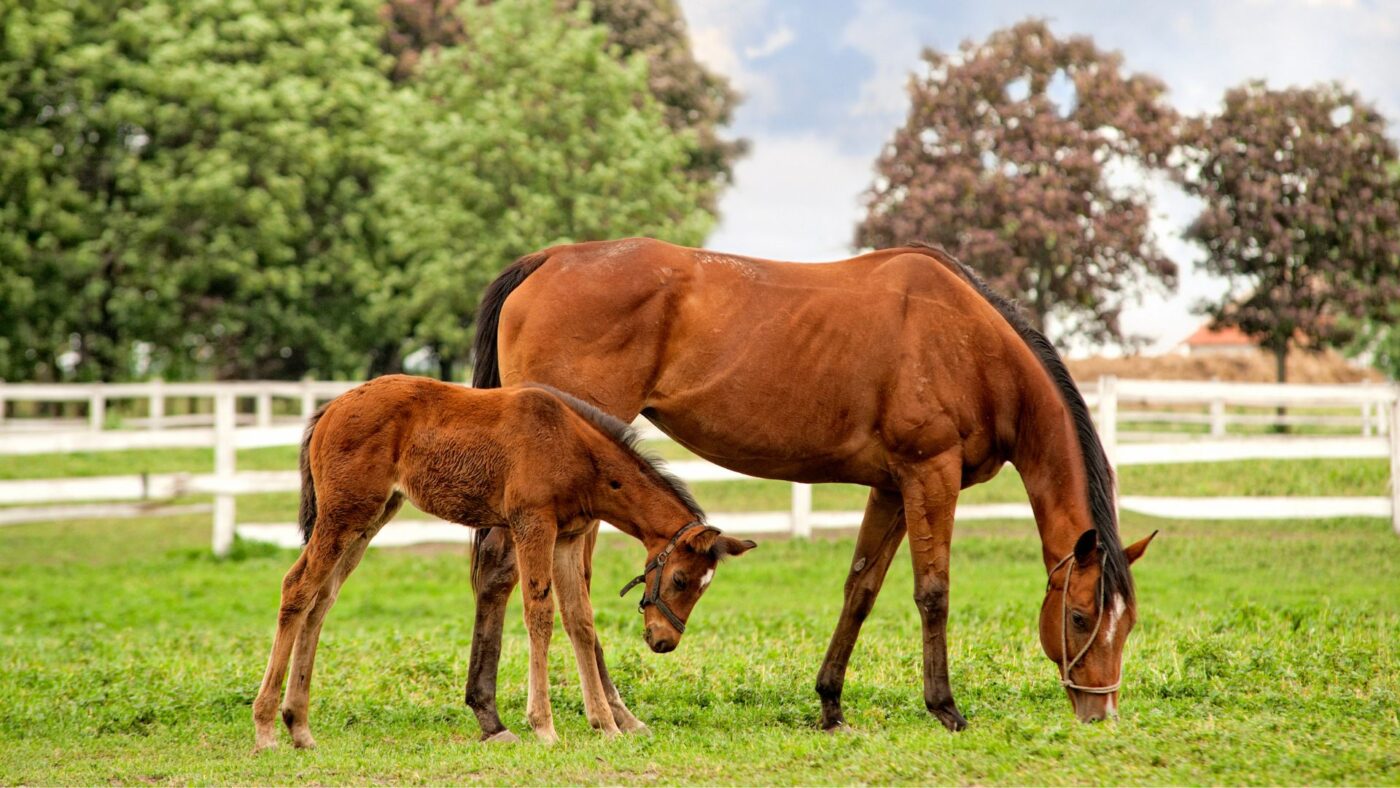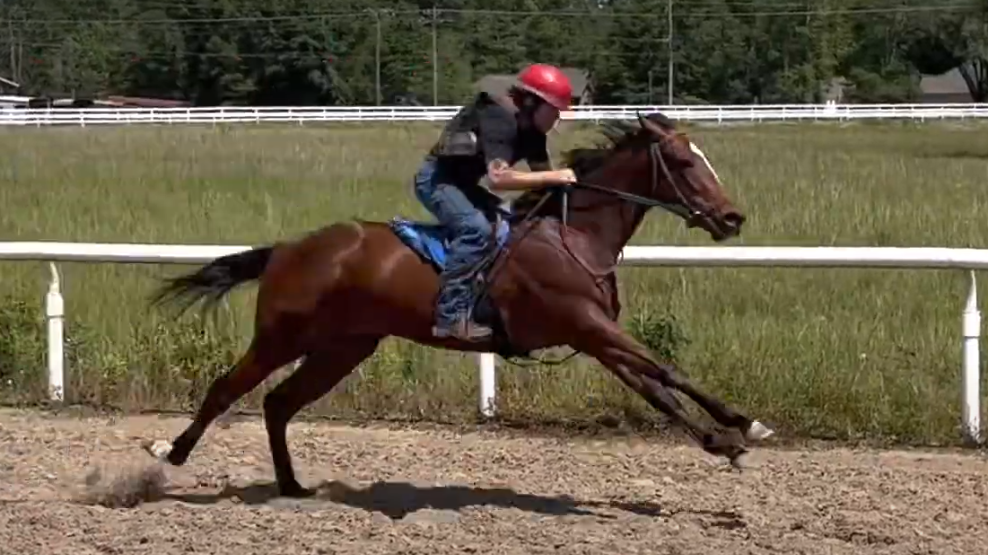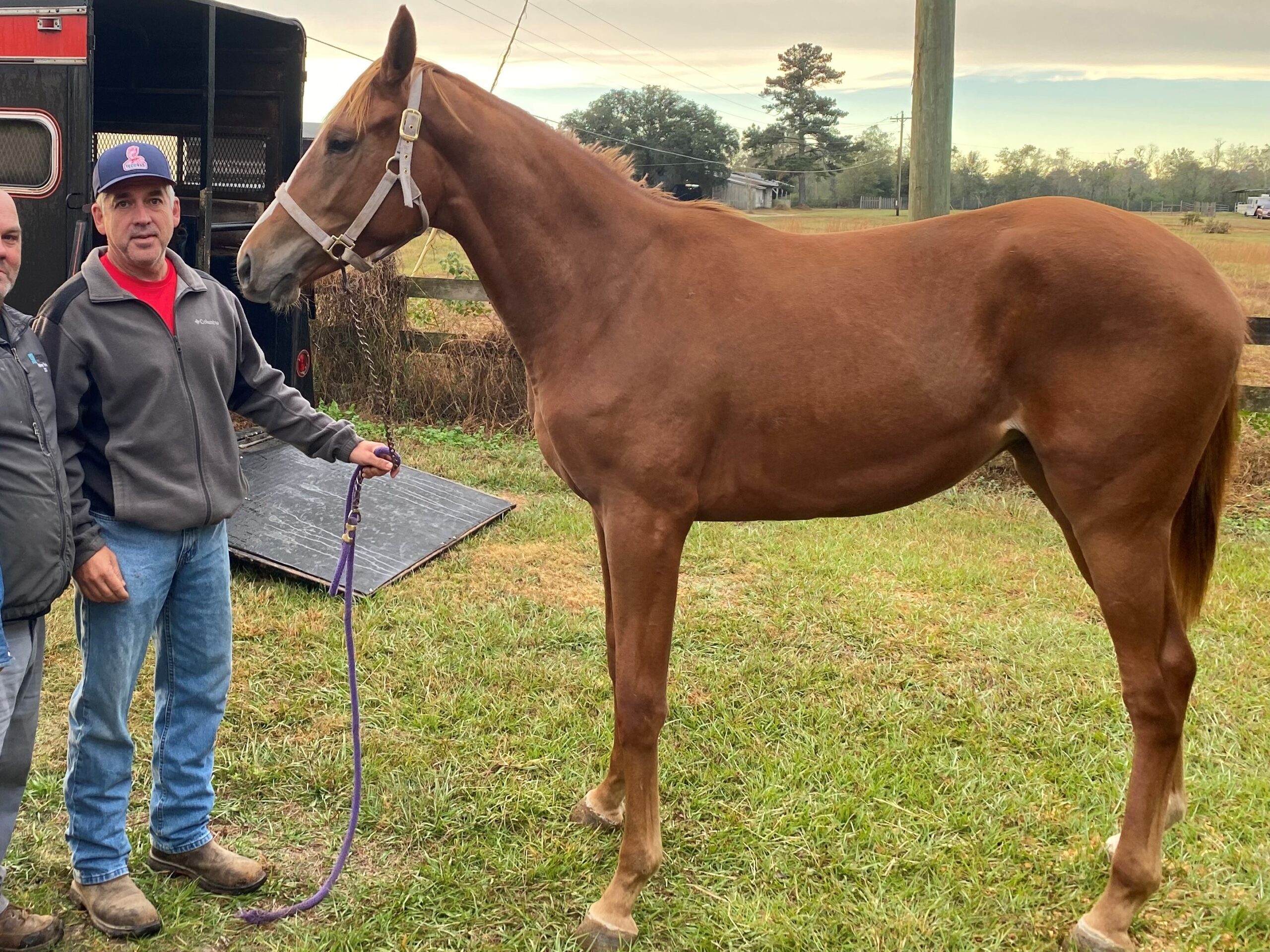Last updated: December 2, 2024
Why are horses measured in hands? This practice, with roots in ancient civilizations, has remained the preferred method for its simplicity and practicality. A hand, equivalent to four inches, provides a standardized way to compare horse heights across different breeds and regions.

Why Are Horses Measured in Hands? An Ancient Tradition Explained
Have you ever wondered why horses are measured in hands instead of feet or meters? This unique practice, deeply rooted in ancient civilizations, remains the preferred method for its simplicity and practicality. A hand, equivalent to four inches, provides a standardized way to compare horse heights across breeds and regions, bridging history and modern equestrian culture.
Historical Origins: How the Hand Became the Standard Unit for Horses
The use of body parts for measurement is an ancient practice, with the “hand” being one of the earliest units. The hand was a convenient and consistent measure, roughly corresponding to the width of a man’s palm, making it a practical tool for measuring the height of horses.
In the 16th century, during Henry VIII’s reign, the hand was standardized to exactly four inches. This standardization ensured uniformity in measuring horses, which was essential for breeding and trading, especially for war horses and other equestrian activities. This system has persisted due to its practicality and deep roots in tradition. You can check out more details at Alberta Animal Health Source.
Standardizing hands during Henry VIII’s reign established a lasting, effective way to compare horse heights and maintain consistency across equestrian activities.

Practical Significance of Measuring Horses in Hands Today
Measuring a horse’s height in hands has been a consistent practice since ancient times. The height is measured from the ground to the highest point of the withers, the ridge between the horse’s shoulder blades. This method provides a standardized and straightforward way to compare horse heights across different breeds and regions.
The hand measurement system remains in use today not just because of its simplicity but also due to its deep roots in equestrian culture. It allows for quick, easy communication about a horse’s height, especially within the equestrian community, where this system is widely understood and accepted.
Unlike metric or imperial systems, measuring in hands continues to be favored because it provides a clear and consistent reference point that transcends generations. This system reflects historical practices and is a vital tool in modern horse management.
Trainers use hand measurements to tailor training programs that match each horse’s physical capabilities, particularly in competitive environments like racing. Breeders rely on these measurements to select pairs that will produce offspring with the desired traits, ensuring that breed standards are maintained or enhanced.
Additionally, in veterinary care, accurate hand measurements are essential for monitoring horses’ growth and fitting equipment like saddles and bridles.
Overall, the hand measurement system’s enduring value lies in its blend of historical significance and practical application, making it relevant and trusted in the equestrian world today.
Global Use of Hand Measurements: A Look at Regional Preferences
While many equestrian communities in Europe and Asia acknowledge the historical significance of measuring in hands, these regions favor the metric system for its precision and universality. The metric system, based on centimeters, offers greater accuracy, especially in disciplines like showjumping, dressage, and veterinary care, where precise height specifications are critical.
For example:
- Equestrian Competitions: Exact measurements in centimeters can determine eligibility for height-specific events, particularly for ponies and horses in international competitions.
- Veterinary Applications: Accurate measurements aid in calculating dosages for treatments and creating custom-fitted equipment like saddles, prosthetics, or braces. Even minor differences in measurement, such as a centimeter, can significantly impact fitting or medical procedures.
However, even with the precision of the metric system, many countries continue to use the hand measurement system due to its simplicity and historical value. This balance between precision and tradition ensures both systems coexist within the global equestrian community.
Countries like the United Kingdom, United States, Canada, Australia, and New Zealand maintain hand measurements as the preferred standard. This tradition endures because of its deep cultural roots and widespread acceptance within these equestrian communities.
Convert Hands to Inches and Centimeters with Ease
The converter is designed for simplicity. Just input a measurement in hands, click “Convert,” and the equivalent height will appear in both inches and centimeters.
Example:
- Input: 15.2 hands
- Output:
- In Inches: 62 inches
- In Centimeters: 157.48 cm
This tool bridges the gap between traditional and metric systems, making it easier to communicate horse heights across different regions and contexts.
Horse Height Converter
In Inches:
In Centimeters:

Step-by-Step Guide: How to Measure a Horse in Hands

Here’s how to get it right:
- Position the Horse: Ensure the horse stands on a level and flat surface. This helps in getting an accurate measurement without the influence of uneven ground.
- Find the Withers: The first step is to locate the withers of the horse. The withers are the highest point of a horse’s back, right between the shoulder blades. This is the standard point for measuring a horse’s height.
- Measure from Ground to Withers: Using a measuring stick or even your hands, measure the distance from the ground straight up to the withers. This method avoids the inaccuracies that can come from a horse moving its head or changes in its back shape.
- Use the Right Tools: While a tape measure can work, a horse measuring stick is often easier and more precise. It’s a long bar marked with units of measurement and has a sliding horizontal bar that rests across the horse’s withers. This tool gives you precise measurements not only in hands but also in inches and centimeters, making conversions straightforward. More information is available here (Habitat For Horses).

Common Mistakes to Avoid:
- Not having the horse stand squarely.
- Measuring to a point other than the withers.
- Using a flexible tape measure that can sag or bend, leading to inaccurate readings.
Join Ali, a passionate horse enthusiast, in this popular YouTube video with over 120,000 views; she expertly demonstrates how to accurately measure a horse’s height in hands.
FAQs About Horse Measurements: Everything You Need to Know
How do you convert hand measurements into inches or centimeters?
Multiply the number of hands by four for inches, and by 10.16 for centimeters.
What is the origin of using hands to measure horses?
The practice began in ancient civilizations, with hands being a convenient, easily accessible unit of measurement. It was standardized to four inches during Henry VIII’s reign.
Why do horse enthusiasts prefer the hand measurement system?
The hand measurement system is simple, easy to understand, and deeply rooted in equestrian culture, making it the preferred method over metric or imperial systems.
Can hand measurements be used for other animals?
While primarily used for horses, the hand measurement system could theoretically be applied to other large animals, though it’s not common practice.
Limitations of the Hand Measurement System
Challenges of Measuring Horses in Hands
While the hand measurement system is celebrated for its simplicity, it has some inherent limitations:
- Subjectivity in Measurement:
Without a proper measuring stick, variations in hand size can lead to slight inaccuracies, especially when relying on rough estimates. - Lack of Precision:
Compared to the metric system, which offers measurements in centimeters, hands may fall short in scenarios requiring extreme precision, such as veterinary procedures or equipment fitting. - Conversion Complexities:
Converting between hands and other systems (e.g., inches or centimeters) can confuse those unfamiliar with the method, especially in international equestrian events.
Despite these limitations, the hand measurement system remains a trusted and widely used standard in equestrian communities worldwide due to its practicality and historical significance.

Conclusion: Why the Hand Measurement Endures
The hand measurement system stands as a remarkable blend of simplicity and tradition, bridging the gap between ancient practices and modern equestrian needs. Its enduring appeal lies in its practicality—offering a quick, standardized way to communicate a horse’s height across the global equestrian community. Despite the emergence of more precise systems, its cultural significance and ease of use ensure it remains a trusted standard.
Whether you’re selecting a horse for competition, tailoring equipment, or simply appreciating equestrian history, the hand measurement system continues to play a vital role. Its simplicity not only connects us to the past but also ensures a future where tradition and practicality coexist seamlessly.
If you enjoyed learning about this unique tradition, check out our related articles on horse withers anatomy and problems and the best horse breeds. Have thoughts or stories about measuring horses in hands? Share them in the comments and join our community of equine enthusiasts!

About the Author: Miles Henry
Lifelong Horseman | Racehorse Owner | Published Author
Miles Henry brings over 25 years of hands-on experience training and owning Thoroughbred racehorses. Raised with Quarter Horses and Appaloosas, he’s spent a lifetime learning from horses—on the track, in the barn, and in the field. Today, he runs a small but successful racing stable in Louisiana and shares real-world insights on HorseRacingSense.com, helping horse owners, fans, and bettors navigate the sport with confidence.
📚 Books: View Miles’s books on Amazon »
🎧 Podcast Guest: Animal Tales Ep. 32 |
YouTube Interview
📩 Newsletter: Sign up for racing tips and horse care advice »
🔗 Follow Miles:
Twitter |
Facebook |
YouTube



